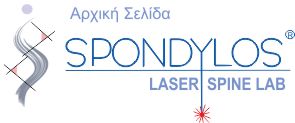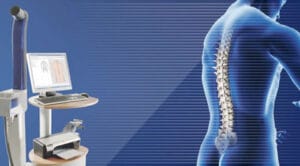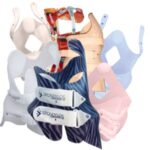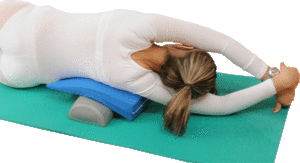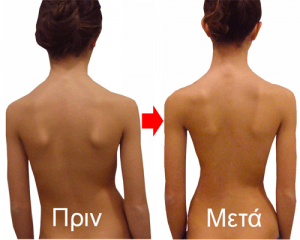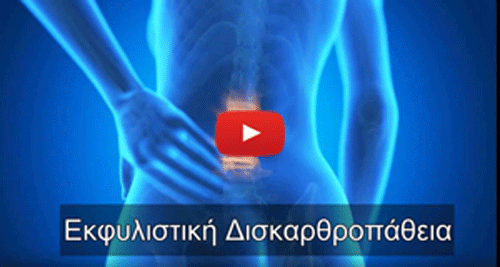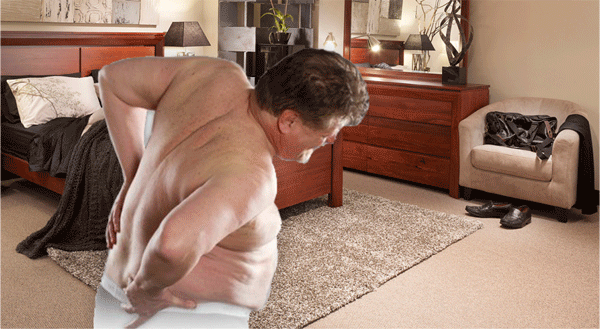
Spinal Stenosis, what is it?
Spinal Stenosis is the reduction of the diameter of the spinal canal and the vertebral foramina, which results in the compression of the spinal cord and/or the nerve roots.
The causes are many, though in most cases it is a combination of these.
Intervertebral disc hernia, Paget’s disease – Benign tumors of the spine – Injuries etc.
see the video

At the beginning, spinal stenosis is presented with the symptoms of the primary disease, for example sciatica caused by the pressure of an intervertebral disc hernia on the corresponding nerve root.
At a later stage, the patient observes a reduction in tolerance to standing up (for example, housewives when washing dishes in the sink) and walking on the street.
Patients characteristically describe an intense pain in the waist and some times in the legs after walking 200 meters, for example and that they have to stop and rest for a while (intermittent claudication).
This distance reduces slowly but steadily to a few meters.
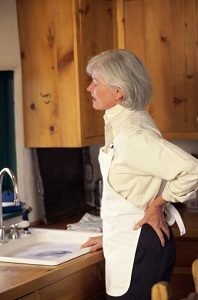
Pain reduction usually comes after bending the body or sitting.
Patients classically notice the gradual hunching, while they never used to have.
Other symptoms are:
- numbness in legs
- a feeling of instability and a loss of balance,
- while at later stages urinary and bowel disorders.
Relief when bending forwards is due to the reduction of the lordosis, which temporarily de-compresses the nerve roots and the spinal cord.
They usually use a cane to walking.

Treatment
The aim is to de-compress the posterior vertebral joints (facets) and respectively open the vertebral foramina, releasing the nerve roots.
Sub-consciously, our body perceives the problem and by forward bending the body it enforces the straightening of the lumbar spine, thus reducing natural lordosis.
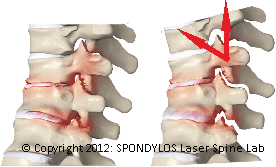
Anti-lordotic SPONDYLOS bending brace,
Treatment at the first stages must be clearly conservative.
The use of an anti-lordotic SPONDYLOS bending brace, relieves from the pain and gives the body the expected reduction of lordosis.
The anti-lordotic brace for spinal stenosis, without true kyphosis of the Thoracic spine, is a brace whose mechanics is bending the lumbar spine, thus reducing lumbar lordosis.
Reducing the lordosis temporarily opens the vertebral foramina and dilates the spinal canal, resulting in decompression of the vertebral roots and the spinal cord in general.
The patient is relieved of the symptoms of the pain he experiences and the distance he walks or stands up increases.
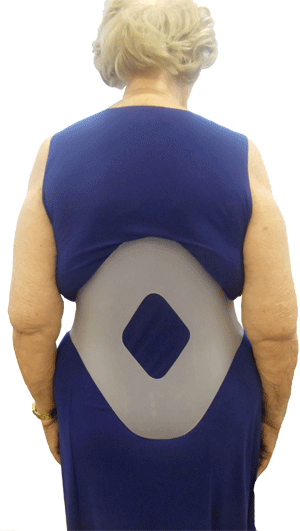
Anti-lordotic stabilization exercises
Patients also learn Special exercises to reduce lordosis and strengthen the lumbar muscles to perpetuate the relief.
The exercises aim to strengthen the supporting muscles, which support the Lumbar but also reduce lumbar lordosis.
They are done daily and are designed according to the patient’s abilities.
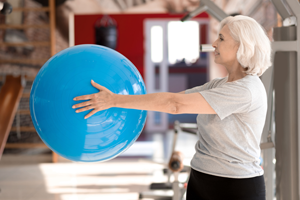
If provided conservative treatment is not effective and the patient is operable, the treatment of choice is wide laminectomy with spinal fusion and with the use of rods and screws.
Unfortunately, however, people suffering from spinal stenosis are elderly people and in most cases they have grave concomitant health issues, others not permitting surgery and others, such as the osteoporotic patients, which their bones create instability of the spinal fusion.
There are many complications, intra-operatively but also immediately post-operatively, resulting in re-operations; this causes particular concern to surgeons, because spinal fusion truly solves the problems of spinal stenosis.
Thus, in most cases, conservative treatment is the desired treatment for these patients.
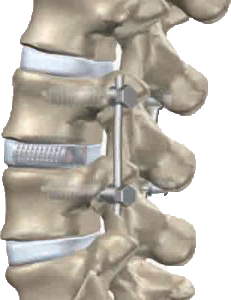
An anti-lordotic bending brace, exercises for supporting muscles and reduction of the lordosis, analgesics and chiropractors seem to be the treatment of choice for most elderly patients. With the application of the anti-lordosis brace, we have a reduction and many times loss of the pain in all cases, at least for as long as the patient wears it
